John Hurrell – 11 October, 2011
Sheehan needs to show he is not simply an artisan who intellectually justifies the pleasure he gets from his manual dexterity, but that his ideas go far beyond only using one type of substance that has a limited range of associated meanings.
This comparatively minimal presentation by Joe Sheehan of his characteristic jade sculpture shows Tim Melville’s Newmarket space at its most elegant and tasteful: four suites of work spread apart by white walls - and a dividing wall you can walk around with doorways at both ends.
Sheehan’s precisely crafted green and black stone objects, smooth, often glowing, and with meticulous planes and curved edges, often have a reflexive wit alluding to their own manufacture or some political connotation. The solid blades of carving chisels double as sharply pointed arrowheads or impaling spikes; finely grooved compact discs might be grinding discs - they also seem to reference art history as mini tondo ab-ex paintings, as did his earlier ‘slides’ reference academia.
The other two series are white marble letters scattered on the floor in a corner - like enlarged alphabet soup noodles (after cooking) with soft edges - and jade ‘ingots’ stacked on a wooden pallet.
The letters look very much like inflatable plastic pillows, with squeaky shiny surfaces and pudgy creases. They appear to be filled with air but if you were silly enough to kick them you could break your toe. Not wise. An even more moronic would be to take the fifteen randomly chosen letters (AADEEFHNPRRSTTW) to make up complete and half-formed words arranged within choppy, mangled sentences like ‘the past few rd ran…’ or ‘seen warp thf trad…’ - as if Sheehan has some secret, very important message one could ultimately decipher. More sensibly in general terms they seem to suggest the pleasures of reverie generated by letter or word association. Cushions to dream upon.
Sheehan’s stacked jade ‘ingots’, featuring nephrite quarried from mainly the South Island, but also Canada and Russia, comments on the scarcity and expense of pounamu today that encourages cheaper alternatives. The notion of it being ‘cast’ might be a pun on the social risks of its rarity and pricing.
Sheehan does have a problem I think if he wants to go beyond being a crafts person (fetishising his skill with a material that he loves) to becoming a ‘serious’ artist with focussed conceptual preoccupations. He needs to show he is not simply an artisan who intellectually justifies the pleasure he gets from his manual dexterity, but that his ideas go far beyond only using one type of substance that has a limited range of associated meanings.
It’s an interesting dilemma because great art often comes from artists being obsessive and not over-thinking - processes simply driven by love of making and cultivated habit. However this show conveys signals Sheehan is pondering his limitations - the reflexivity of the chisels and the discs that was present in his earlier Melville show, and an interest in written language hint at that self-examination - trying to extend beyond craft. Where to now?
John Hurrell
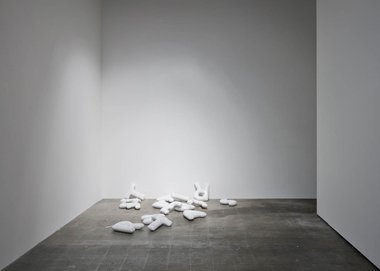
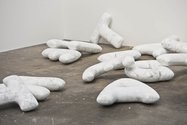

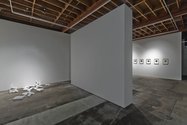
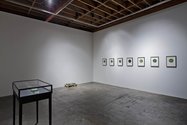

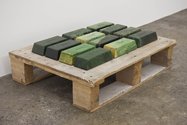
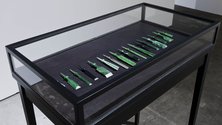
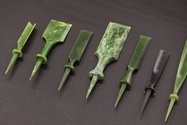
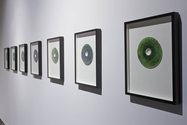
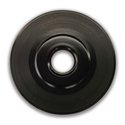
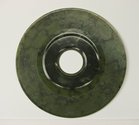
 Two Rooms presents a program of residencies and projects
Two Rooms presents a program of residencies and projects Advertising in this column
Advertising in this column



This Discussion has 0 comments.
Comment
Participate
Register to Participate.
Sign in
Sign in to an existing account.